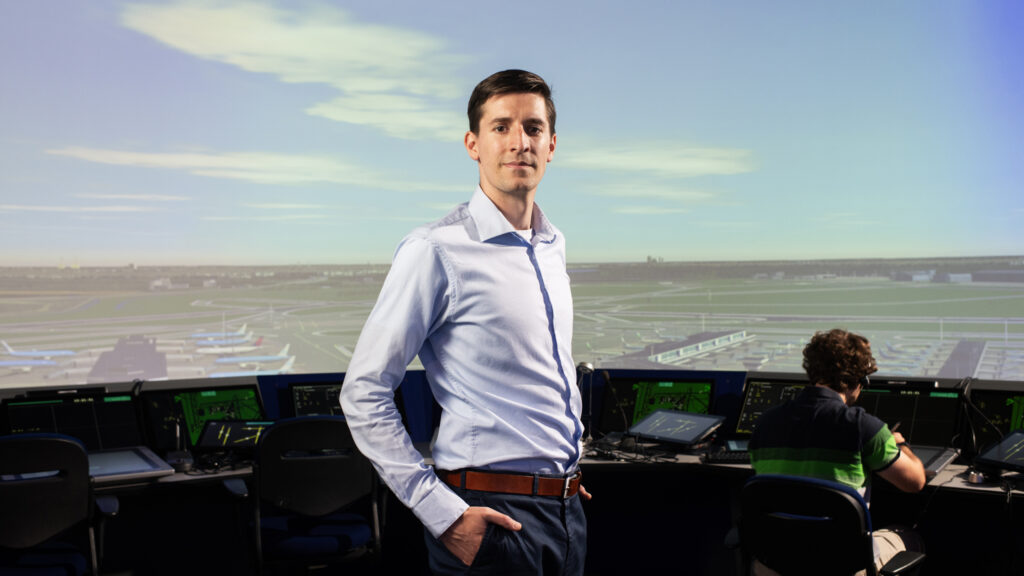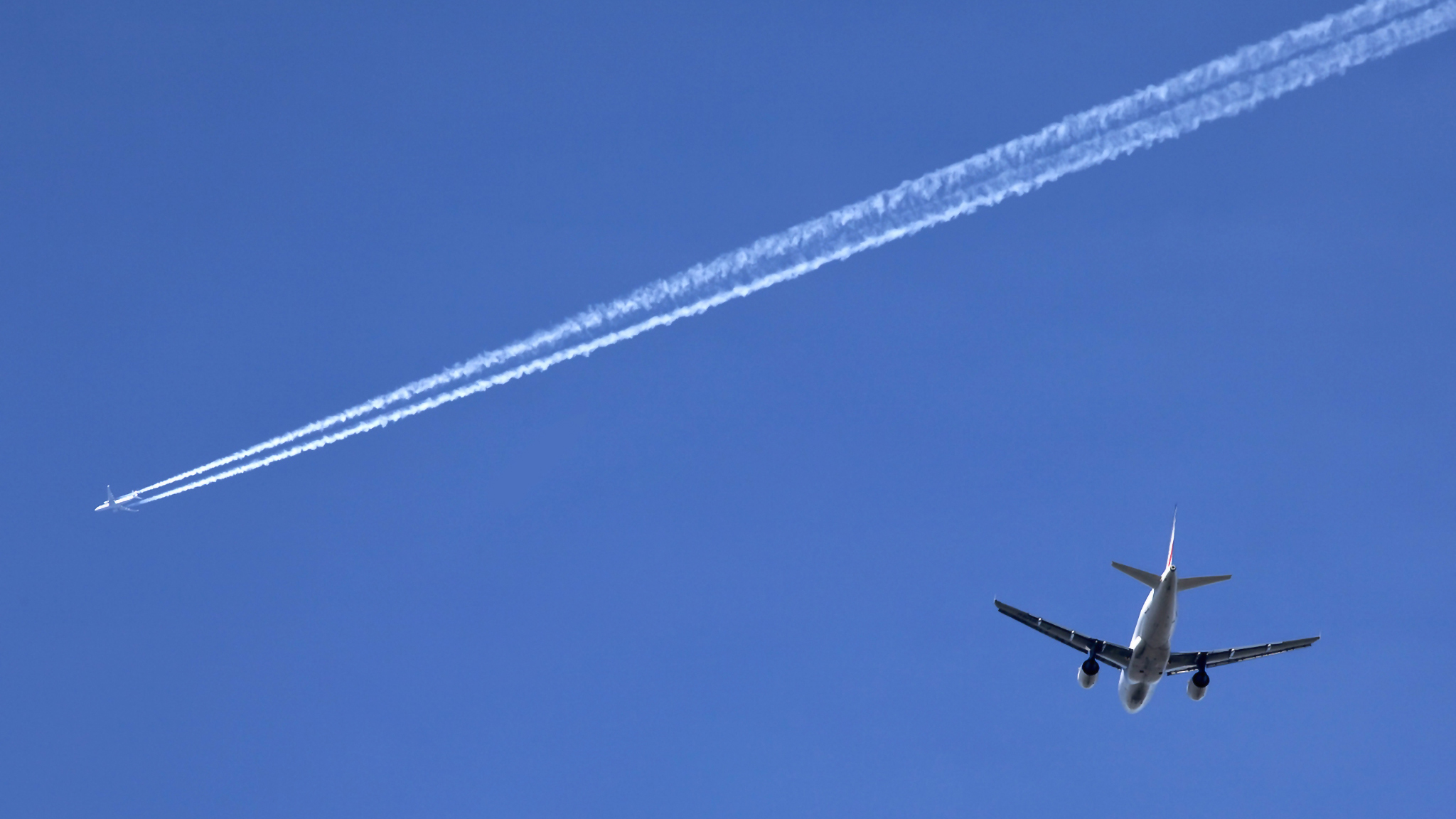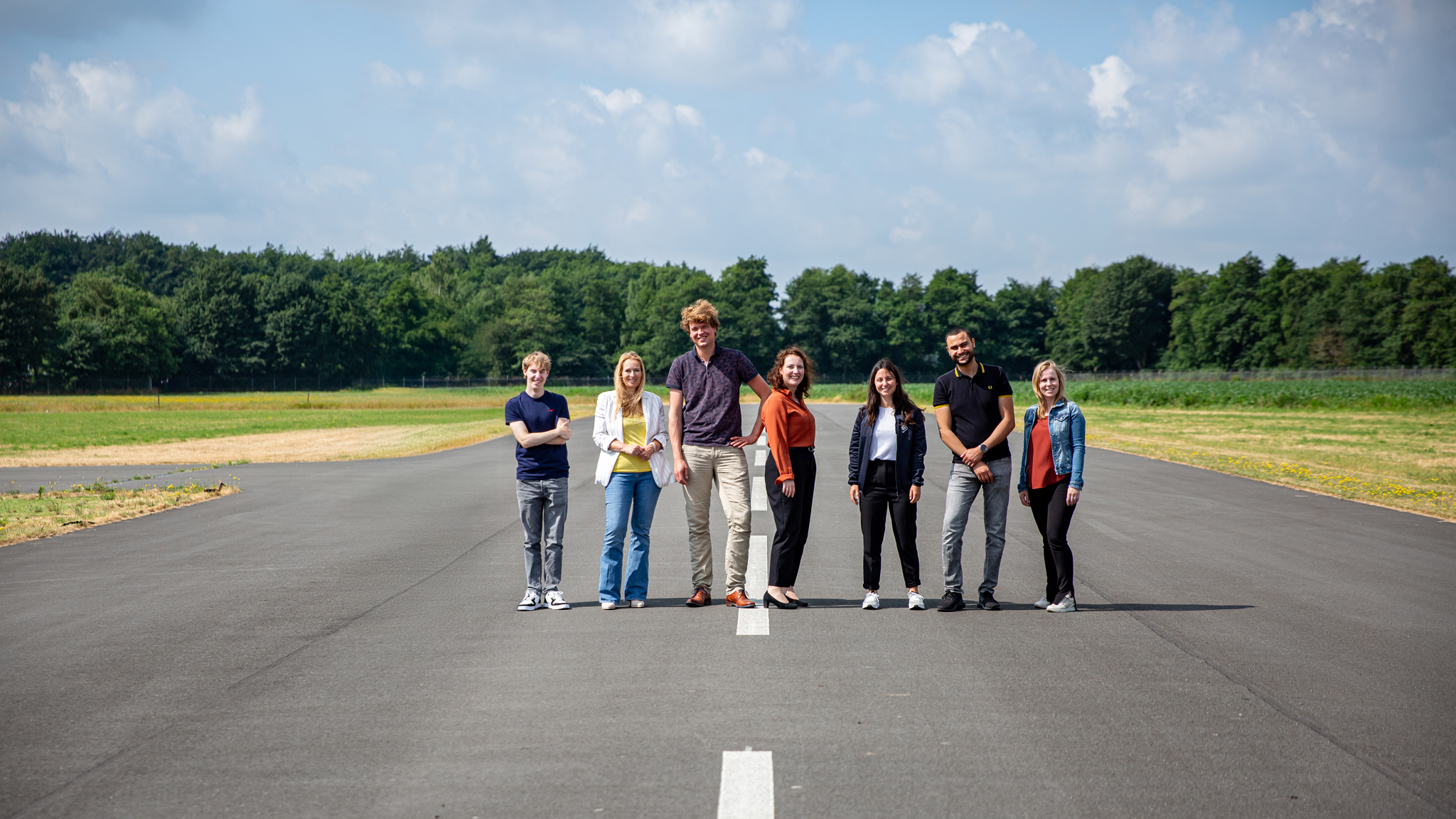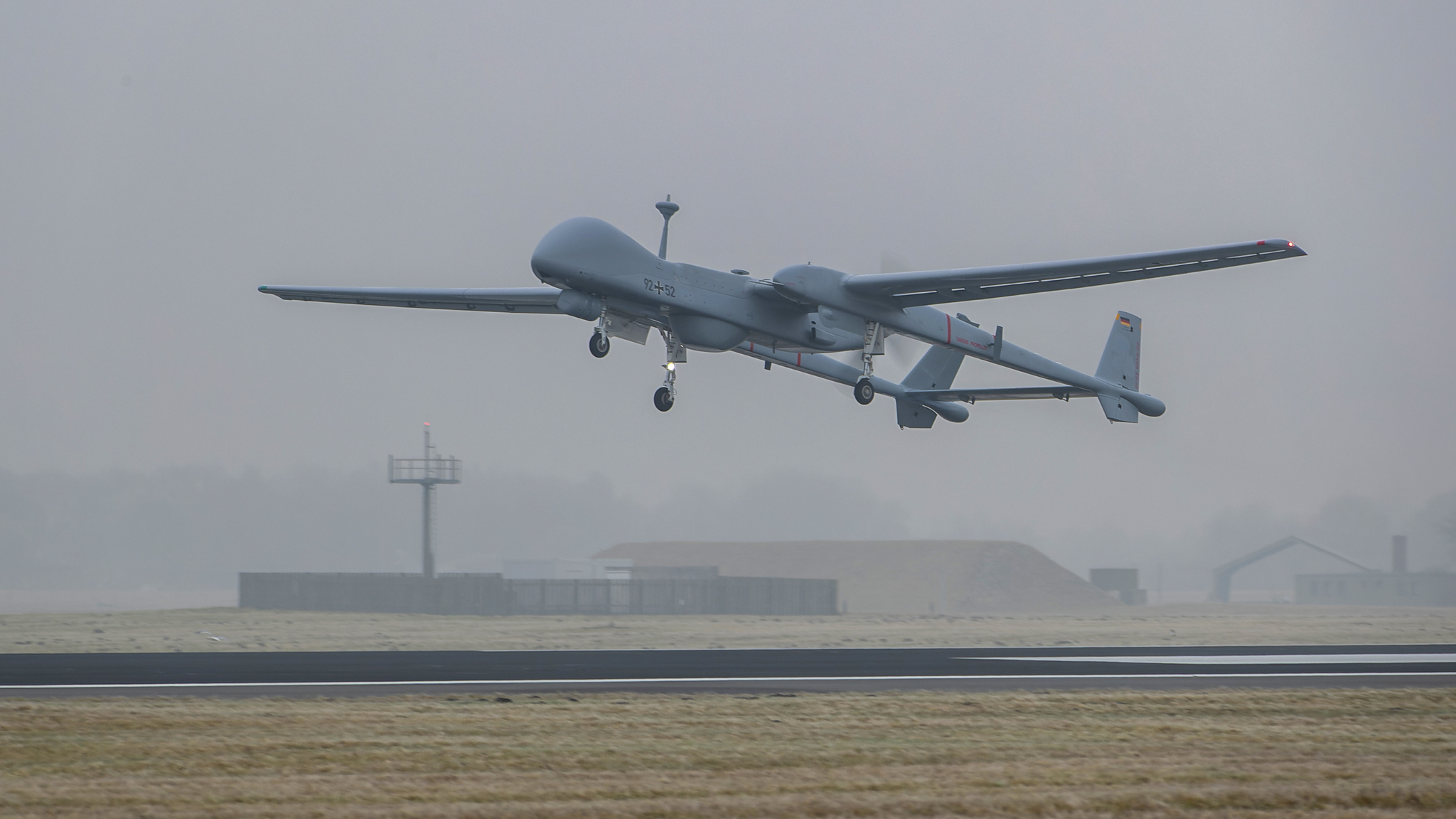With Schiphol, the Netherlands is among the top three largest European airports, but we have a much smaller airspace than many other countries. ‘Our airspace is already pretty full,’ says programme leader Nick van den Dungen of Royal NLR – the Netherlands Aerospace Centre. ‘Drones require more and more flight space, and the Ministry of Defence has indicated, for example, that the F35 fighter jet needs more airspace for exercise than its predecessor F-16. On top of that, we want flying to become more sustainable and develop more efficient systems that optimise air traffic. To manage this properly requires a lot of research.’
ITARO
It resulted in the knowledge programme Safe and Competitive Operations, which comprises several projects. One such project in which NLR was involved is the European project ITARO, which focused on introducing more sustainable flight operations with fixed approach routes. As part of an optimal flight path, aircraft can descend continuously during landing, requiring less engine power, which reduces fuel consumption and noise pollution. ‘Based on air traffic simulators, we have gone through different scenarios to test these optimal routes. We also used a flight test to investigate how close together aircraft can fly approaching the airport, in order to reduce delays and detours.’ It is important for aircraft not to get too close to each other for safety reasons. The study showed that the results of the study are applicable to practice. ‘It is now up to the airlines and air traffic control operations to start using this in practice.’

Electric aircraft
NLR is also contributing to the Dutch government’s Airspace Review programme to better classify the use of airspace and enable more sustainable flying on a large scale. ‘NLR has accumulated a lot of knowledge on aircraft systems and management, and we are pooling that knowledge in the programme.’ Future research will also increasingly focus on the integration of new aircraft into the airspace, propelled by electricity or hydrogen. ‘Electric planes fly slower and lower than ‘normal’ passenger planes and are usually propeller-driven. These propellers also produce noise. What are the consequences in terms of noise pollution for the areas they want to fly over? In addition to limiting the climate impact, this is, of course, an important factor. Fortunately, this is also something we extensively study at NLR.’

This is an article from TO2MORROW 2024. Click on the image above to download the full edition of the magazine, or click here to visit the website of the TO2 federation. The magazine is available in Dutch and English.



